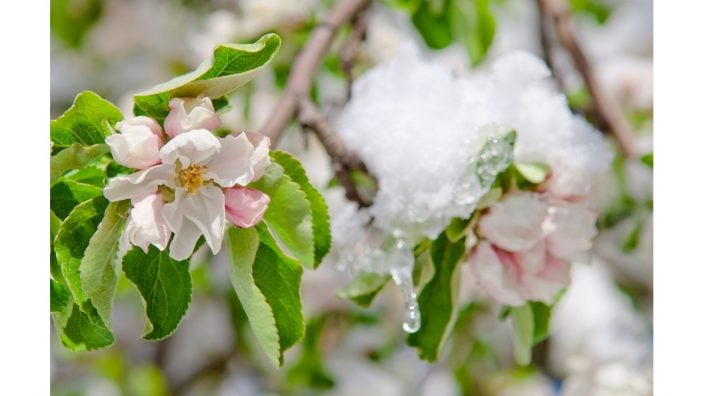Growing a Christmas tradition
Today, there are close to 15,000 farms growing Christmas trees in the U.S., and over 100,000 people are employed full- or part-time in the industry.
Read MoreWeather patterns like we are experiencing this year increase the risk of loss for fruit and ornamental crops.
Hello, Everyone. Mother Nature has been teasing us a bit this year with warm and then cold temperatures. I’ve written about this before, but weather patterns like we are experiencing this year increase the risk of loss for our fruit and ornamental crops.
What makes the risk exceptionally high this year was the extreme warm and dry period the week of April 10. Temperatures in the 80s and about 10 days without rain forced many of our plants to not only break dormancy but resume normal growth for spring.
In 2016, my first spring Ohio, we had an unusually warm February. There was some concern about our crops then, but unless high temperatures (70+) persist for multiple weeks, most plants still won’t take the bait to resume growth in February.
This is because soil temperatures are still cold, or maybe even frozen, and there are still more hours of darkness in a day than sunlight. Both are significant cues that plants use to know when it is time to grow. It is also likely for temperatures to drop below freezing relatively soon after the warm temperatures, essentially stopping any plant growth.
In contrast to February 2016, the warm spell in April of this year included days longer than night, soils without frost and soil temperatures above 50 degrees Fahrenheit, all followed by temperatures above freezing. If there was a check list of requirements to begin spring growth, we checked them all in April.
I’ve noticed most apple and peach trees, blueberries and a few strawberries are in bloom across Trumbull County. Flower tissue is the most sensitive to freezing conditions. Freezing temperatures cause ice crystals to form within the cells of the plants, which poke holes in the cell membranes. When this happens all the water spills out of the cells, and this is why plants appear water-soaked two to three days after frost damage. Sometimes the damage from the frost is not so visible. Flowers attract pollinators in many ways, including UV reflection from flower petals. When petals are damaged by frost, insects or mechanical means, pollinators are less likely to visit the flowers, resulting in poor pollination. To the human eye, the flowers may look fine, but to a honeybee they might as well be garbage.
Dissecting flowers to look at the ovules a few days after a frost is a reliable method to determine the severity of frost damage. Michigan State University has a great publication with pictures showing frost damage in different fruit crops. You can find a copy of the publication on our OSU Extension Trumbull County Facebook page.
This leads us to the risks the weather poses this week. Overnight frosts on Monday and Wednesday have the potential to cause significant damage to our regions fruit crops, and even the lilacs in your garden. Temperatures at 28 degrees will lead to approximately a 10% loss of apple blossoms, and 90% loss can be expected at 26 degrees. We reached 28 in Champion on Tuesday morning, and lower lying areas may have experienced colder temperatures.
When we include loss of pollination with the physical damage to flowers, we will not get the full picture of damage for several weeks when fruit begins to develop.
Until then, if low temperatures are expected, you can protect your plants from the frost by covering them loosely with old sheets, towels, burlap or any other fabric lying around. If you are going to drape a cloth over your shrubs, be sure that any wind will not cause it to flap against the flowers.
If you have any questions give us a call at 330-638-6738, the OSU Extension Office in Trumbull County, or drop off samples to our office at 520 W. Main St., Cortland, OH 44410.
Stay safe!
Submitted by Lee Beers, an Agriculture & Natural Resource Educator for OSU Extension-Trumbull County. He can be reached by email or phone: 330-638-6738.
OFBF Mission: Working together for Ohio farmers to advance agriculture and strengthen our communities.


Today, there are close to 15,000 farms growing Christmas trees in the U.S., and over 100,000 people are employed full- or part-time in the industry.
Read More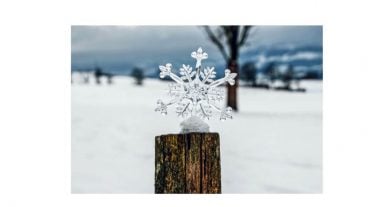
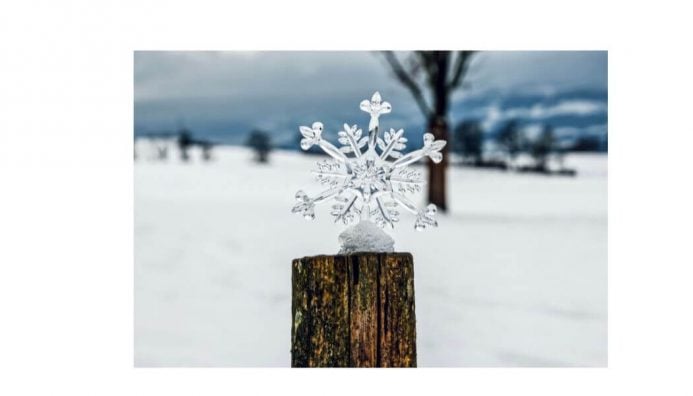
In a world that can sometimes be so loud and busy, snow literally slows us down and quiets the sound.
Read More

It might seem like a real chore to have to take care of the animals before any Christmas gifts or meals can happen, but to me it is such a special time.
Read More
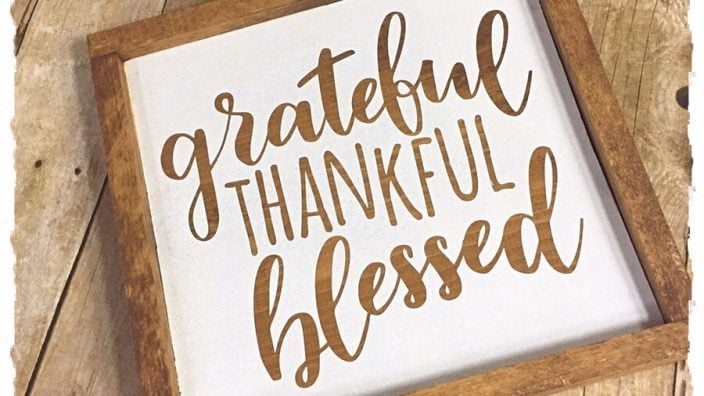
Happy Thanksgiving, Everyone! I say it every year, but Thanksgiving is my favorite holiday. The gathering of friends and family…
Read More

We need to get back to being people who see the good before the differences. Because when agriculture thrives, communities thrive.
Read More

As we pull on our hoodies, light our jack-o’-lanterns and sneak just one more piece of candy, we can thank agriculture for giving us the most spooktacular night of the year.
Read More
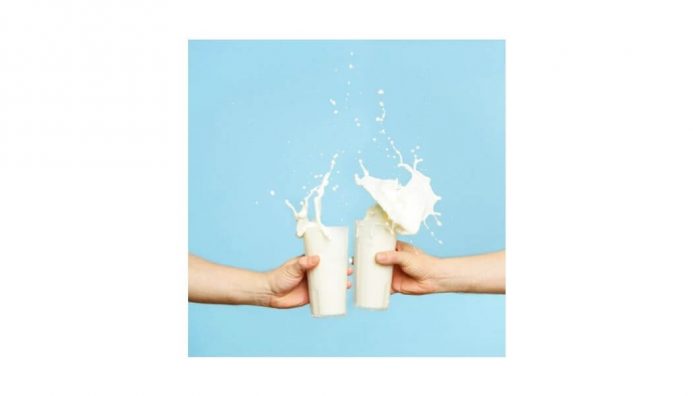
It is currently illegal to sell unpasteurized milk in Ohio. There is a renewed interest in raw milk sales, so that could change.
Read More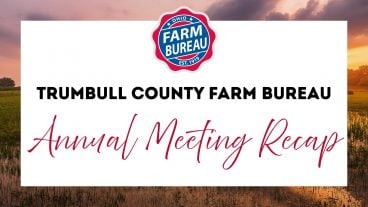
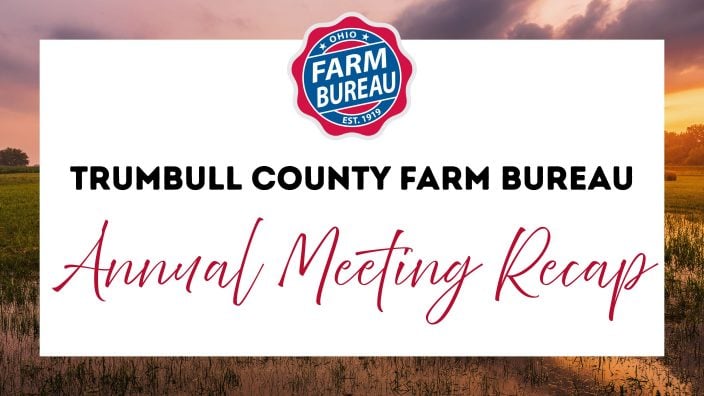
Trumbull County Farm Bureau held its 2025 Annual Meeting Thursday, Sept. 11, 2025 at 6:30 p.m. at the Trumbull County Fairgrounds, 899 Everett Hull Rd, in Cortland.
Read More
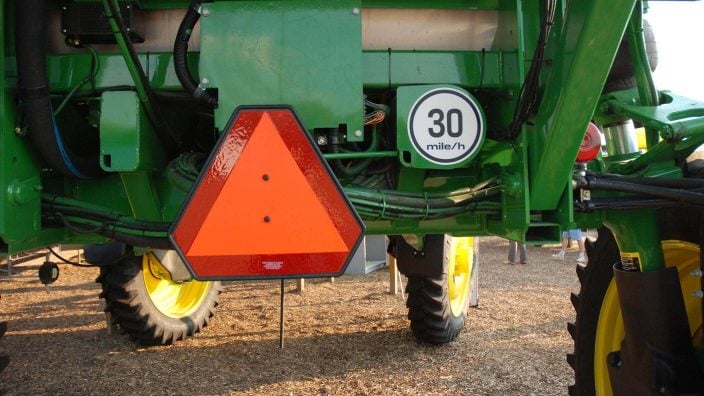
Fatigue and stress can sneak up on even the most seasoned farmer. Please, take care of yourselves.
Read More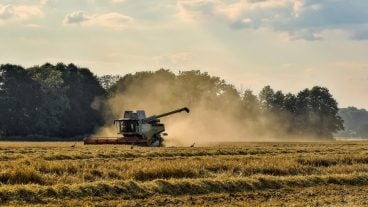

Traveling on roads with large, often oversized equipment adds to the stress.
Read More